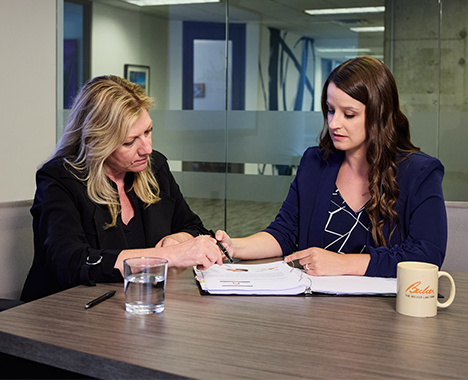Schedule a Consultation
216-621-3000Schedule a Consultation
216-621-3000
Yoga originated in India some 5000 years ago. This physical, mental, and spiritual discipline helps improve balance, coordination, and stability and relieve stress in people of all ages. A series of poses involving meditation, controlled breathing, and stretching produce an exhaustive list of benefits ranging from glowing skin to improved flexibility, enhanced immunity, and peace of mind.
Twenty years ago, not many Americans had heard of yoga. In the last few years, however, yoga has taken the United States by storm. Nearly 40 million Americans participate in yoga to improve strength and flexibility and gain a sense of wellbeing. According to a report by Forbes Magazine, the majority of Americans have been practicing yoga for less than five years, underscoring the newness of the interest.
Yoga is especially helpful for children and youth with disabilities. It helps them attain their maximum potential, both physically and mentally. Yoga postures can be adapted to meet the needs of each child. Adaptive yoga involves modifications to conventional yoga postures to allow children with cerebral palsy due to a birth injury, for example, to perform the poses safely.
In adaptive yoga, a variety of props – mats, pillows, chairs, walls, straps, and sandbags – offer additional stability and support to a child with disabilities. These props ensure the child can safely hold a pose for several minutes. Adaptive yoga is not necessarily easier than traditional yoga, but it is safer.
Adaptive yoga thus reduces anxiety and relieves muscle tension.
Children with cerebral palsy love the feeling of pure joy that adaptive yoga gives them. When they’re performing the poses unaided on their own mat, they feel a sense of independence. Here are some adaptive yoga poses that may be suitable for kids with cerebral palsy:

